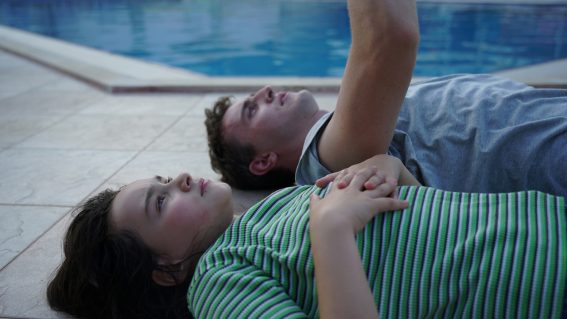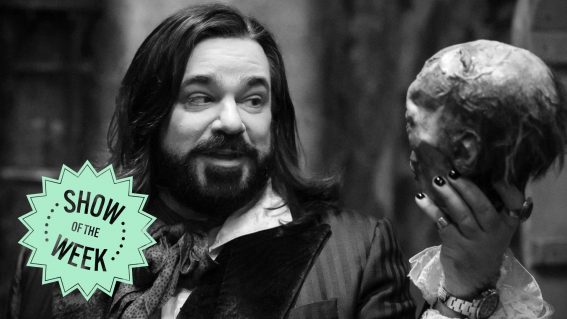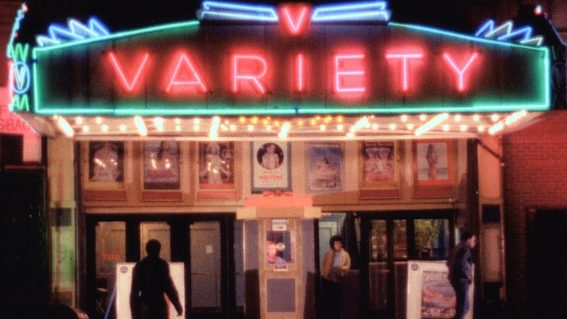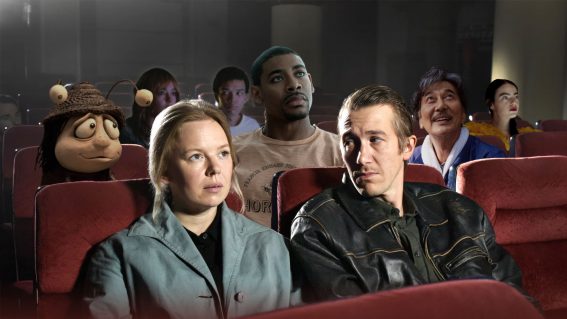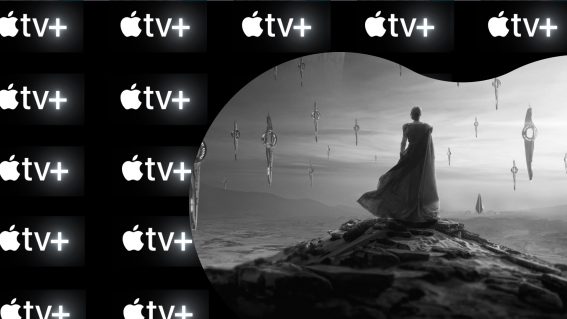And Just Like That… returns, to right some wrongs of its first season
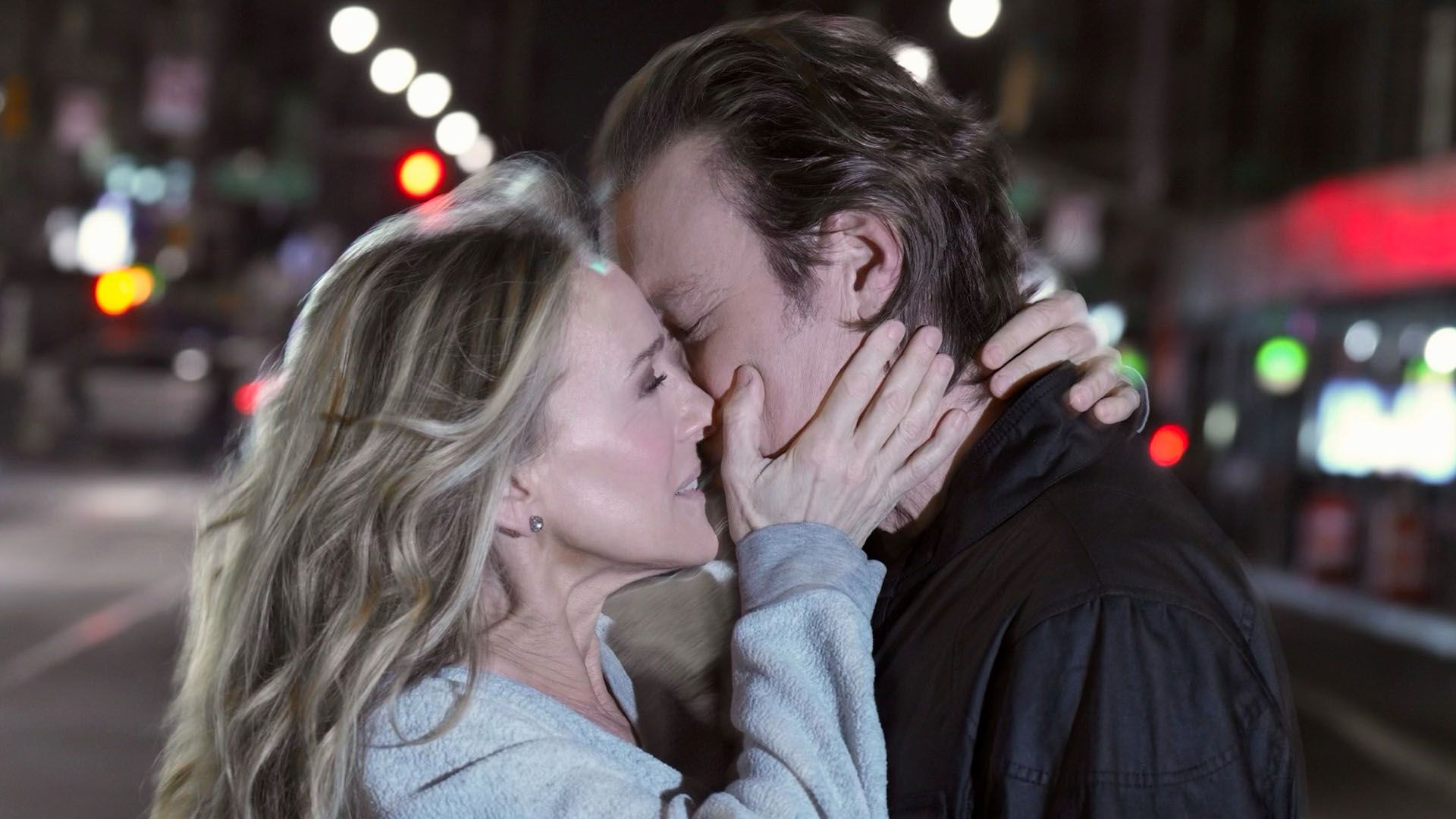
Carrie Bradshaw and her New York pals are back for another season of And Just Like That… Laumata Lauano Volavola discusses what the creators did right to remedy the first season’s shortcomings.
There are a few things you might want to know about Sex and the City before streaming the sequel series. One, it’s known for its frank discussions of sex and relationships. The original 90s series is often credited with opening up conversations about sexuality and female desire. Two, it featured strong female characters who were navigating their careers, relationships, and personal lives in New York City.
And three, it wasn’t a very diverse show, considering it was based in one of the most diverse cities in the world. So while the original series was groundbreaking for all of the above, it was also, like much TV of its time, very straight and very white.
While And Just Like That… is a sequel series to Sex and the City, it is not clear how much prior knowledge of the parent show will be required to understand and enjoy the new series. You might want to watch some episodes of Sex and the City to get a sense of the characters and their relationships.
Did I do that? No, because I wanted to see whether And Just Like That… could stand up as its own show without the ghosts of Sarah Jessica Parker’s Carrie Bradshaw, Cynthia Nixon’s Miranda, Kristen Davis’ Charlotte and most of all Kim Catrell’s Samantha’s pasts breathing down my neck as I watched. Also I’m not a fan of the lack of diversity in the original series—which And Just Like That… tried very hard to remedy. Almost too hard.
Personally I felt that while they had their heart in the right place, the execution didn’t quite hit the mark. And I wasn’t alone as critics and audiences panned the first season for being all woke and no substance. However, woke for the sake of woke is better than continued marginalisation—the problem was that the shortcomings kind of worked to marginalise the POC characters that were introduced.
Lisa Todd Wexley (Nicole Ari Parker), aka LTW was literally branded the ‘Black Charlotte’; I mean, why? Dr. Nya Wallace (Karen Pittman) was hit by a number of microaggressions at once by Miranda, in their first meeting no less (however unintentional). Che Diaz (Sara Ramirez)—who identifies as nonbinary on the show and IRL—was written so abrasively that they got literal hate articles written about them; and Seema Patel (Sarita Choudhury) who was apparently a Samantha surrogate but Indian.
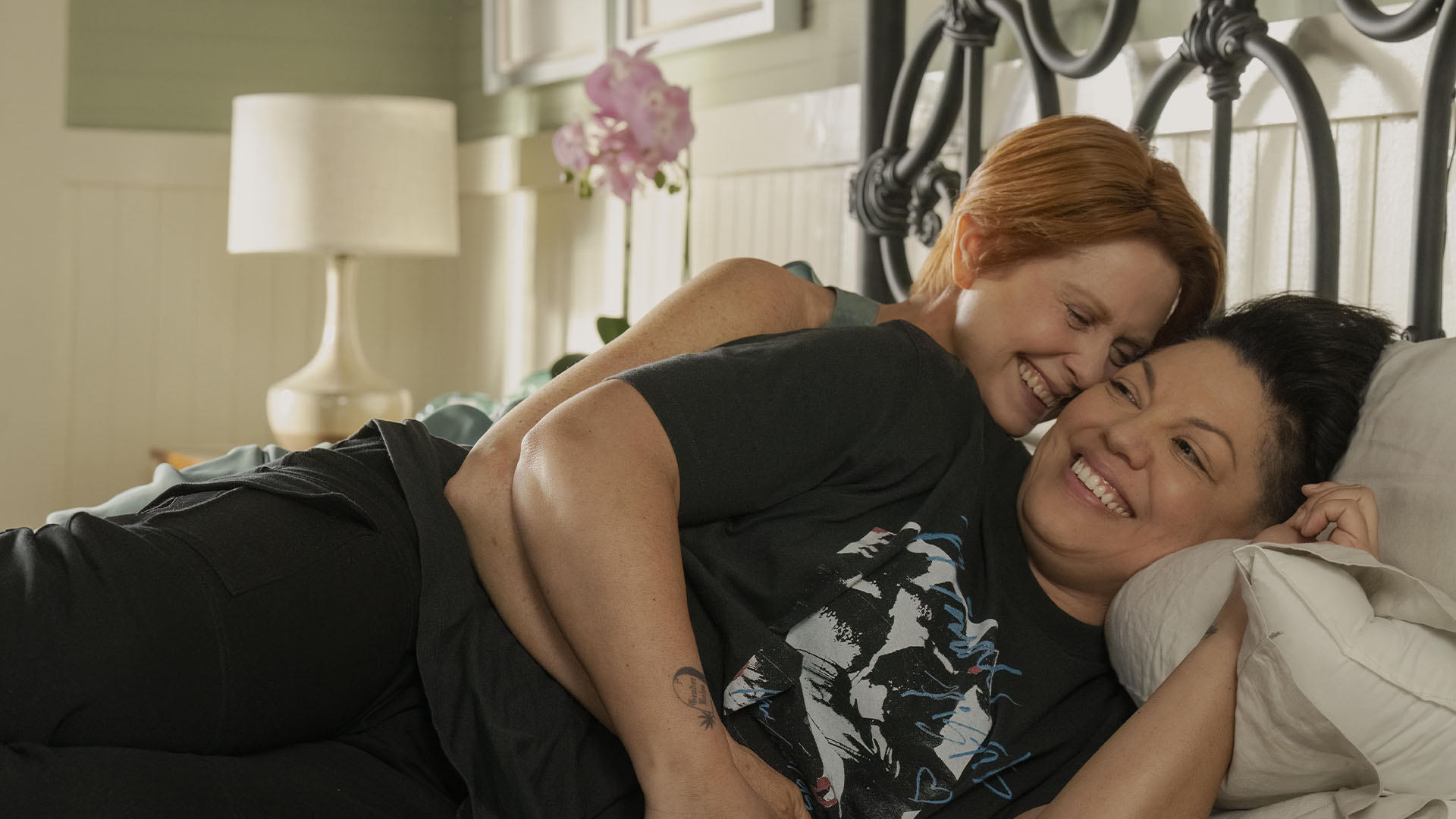
But here’s the thing, I would watch a show with these characters on their own—a glamorous black documentarian with three kids, who’s a socialite on the upper east side? A black law professor having fertility issues but also questioning whether she even wants a baby and putting her marriage on the rocks? A non-binary Latinx comedian and the most boss Indian woman who lives life by her own terms and is just effortlessly cool? All living in New York and navigating sex, relationships and their lives in the city?
Yeah I’d watch the hell out of that show, but they were not given the chance to really shine on their own. So while the show introduced these new “main characters”, a larger issue became all too evident. Their storylines didn’t just intermingle with the original three, they almost only existed to propel Carrie, Miranda and Charlotte’s storylines.
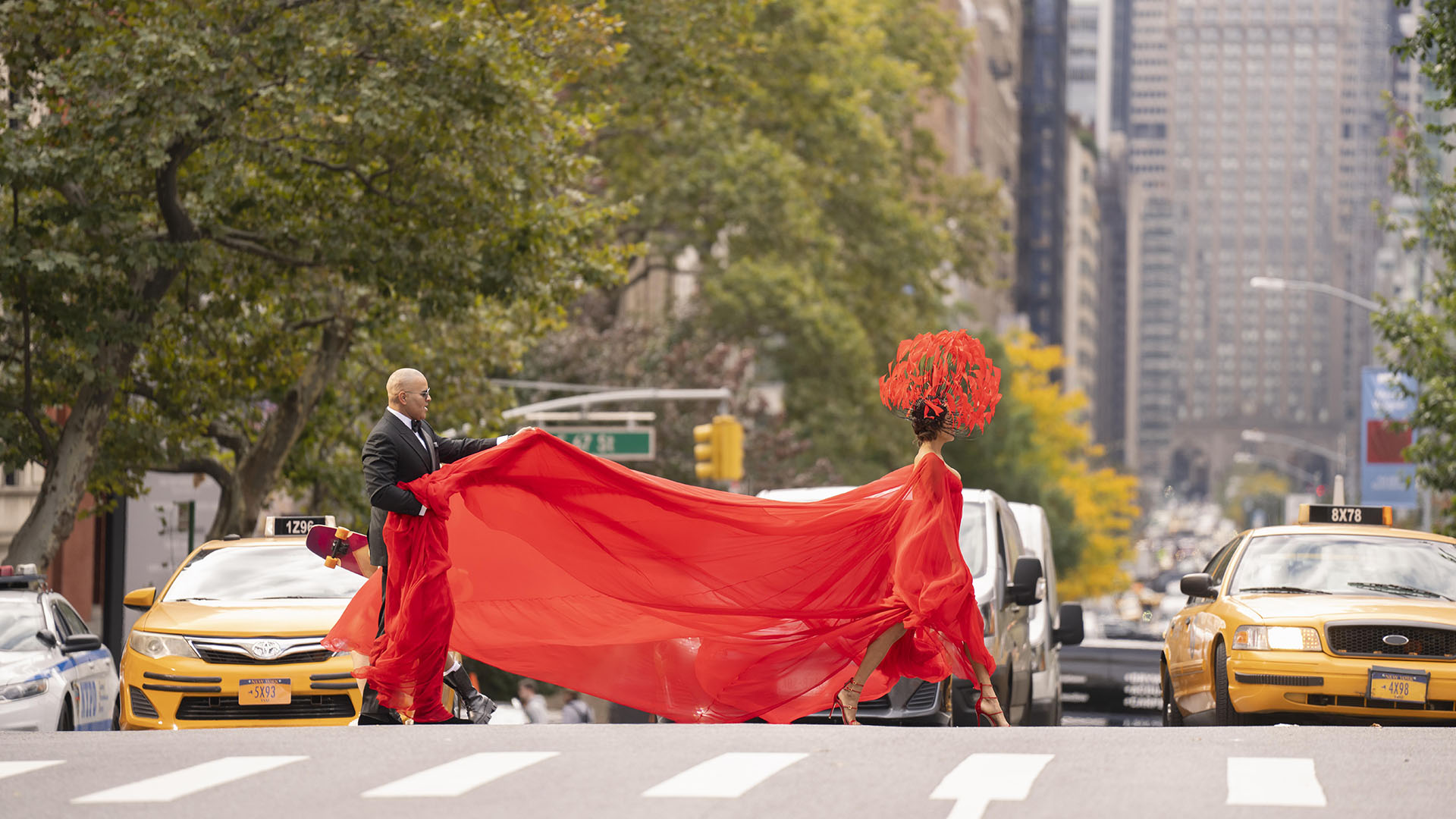
Now I read that creator Michael Patrick King opened up about the extreme negative reaction the show received and how this new season would see it all be taken onboard. And it’s off to a promising start.
There’s a conscious effort to ensure that the POC characters, who are interesting enough on their own and in their own rights, have further fleshed out lives free from the confines of stereotypes; and the burden of making their white counterparts more interesting.
LTW makes an innuendo in the first episode where she indicates to her husband something being more prominent, emphasising herself when she says;
“It will be louder, and clearer.”
And you can’t help but think that’s a direct message to fans, audiences and critics about the show’s concerted efforts to fix these errors being louder and clearer for audiences to appreciate.
Especially when there are not only scenes where LTW and Dr Naya are interacting with each other, and where they join the threesome for the infamous lunches/brunches. When there aren’t any of the main white characters involved, we get to see sides of the characters that we didn’t get to see in season one. We are treated to Ramirez being able to exercise more of their acting chops beyond Che’s abrasive personality. They become a more well-rounded character with more heart than we give them credit for, that happens to be non-binary. Seema? Well she continues to be effortlessly cool, that’s not completely true—she has some uncool moments but she adjusts herself and her handbag and walks off with her head held high.
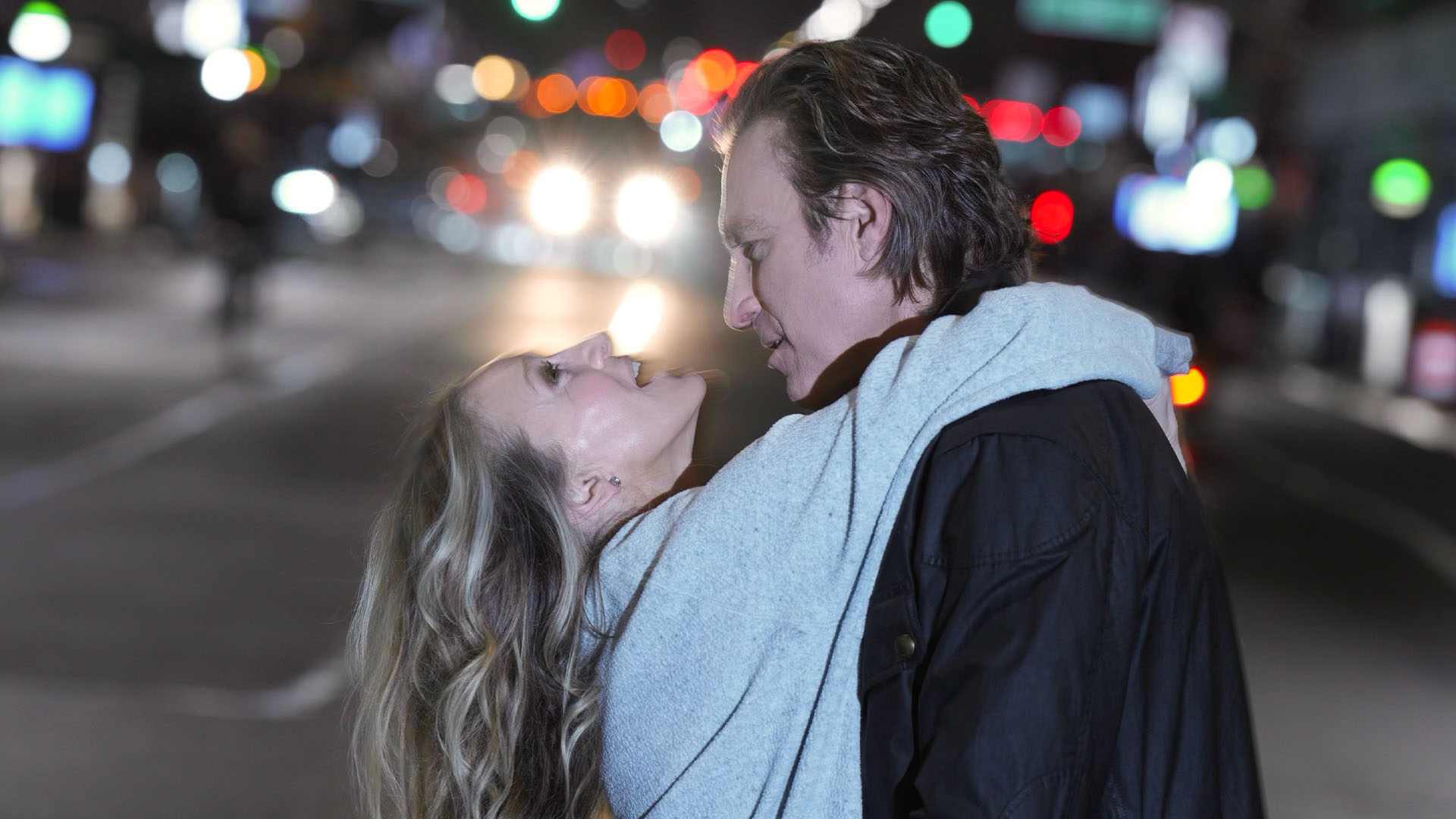
All in all, this is less one to hate watch, but actually follow along as you side eye some fashion, men and life choices (cough Miranda cough). Sure, there is a lot to follow along with—what started as a show about four, turned three, women in their 40s/50s navigating lives in similar but different stages, has grown in scope—but it sure comes with some fun plotlines: like Charlotte’s daughter Lily’s angsty songwriting phase, Carrie pulling the COVID card (this is definitely post pandemic) and Charlotte and LTW’s excitement over getting their hands on a “MILF list” circulating at their kids’ school.
Of course Carrie also meets up with former fiancé Aidan (John Corbett), the news of it happening caused a stir from fans. But not as much as the reported surprise appearance by original cast member Kim Cattrall, who played Samantha. If we cast our minds back to the first season of And Just Like That…, Carrie is only seen messaging with now London-based Samantha by phone.
So as Carrie says at the end of every episode, “and just like that…”—season two was here.

